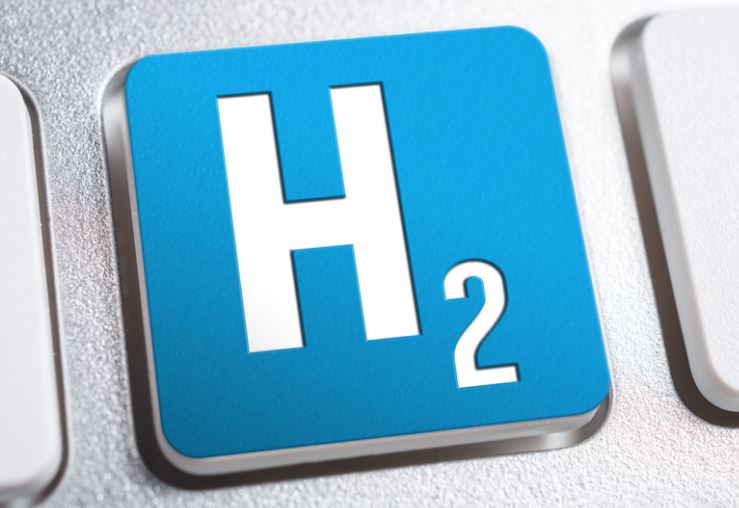Sarawak is positioning itself as the frontrunner for green hydrogen projects in Southeast Asia, with ambitious plans to transition into a hydrogen-driven economy.
The Malaysian state leverages its affordable hydropower and ample water supply, essential for green hydrogen production.
The Malaysian federal government and Sarawak have been advocating for green hydrogen through various policies and roadmaps. The National Energy Policy (2022-2040) highlights hydrogen’s potential economic value and its role in reducing carbon emissions. The National Energy Transition Roadmap (NETR) targets the production of 2.5 million tonnes of green hydrogen annually by 2050, aiming to establish three low-carbon hydrogen hubs.
Sarawak has announced significant projects such as H2biscus and H2ornbill, aimed at producing green hydrogen for export to South Korea and Japan. H2biscus, a collaboration with South Korean entities, plans to produce 150,000 tonnes of green hydrogen annually by 2028. H2ornbill, in partnership with Japanese companies, targets 90,000 tonnes annually by 2029. However, these projects hinge on securing final investment decisions (FID) and buyers willing to pay a premium for green hydrogen.
The International Energy Agency (IEA) projects global hydrogen demand to reach 150 million tonnes by 2030, up from 95 million tonnes in 2022. However, clean hydrogen production projects announced up to 2023 will meet only 70 million tonnes of this demand. The gap highlights the techno-economic challenges and stricter regulations affecting the hydrogen market.
Sarawak’s success or failure in green hydrogen will have broader implications for the region and beyond. Successful projects could establish Sarawak as a key player in the global hydrogen market, influencing regulations, value chains, and collaborative models. Conversely, failure could prompt other Southeast Asian nations to reconsider their hydrogen strategies.





